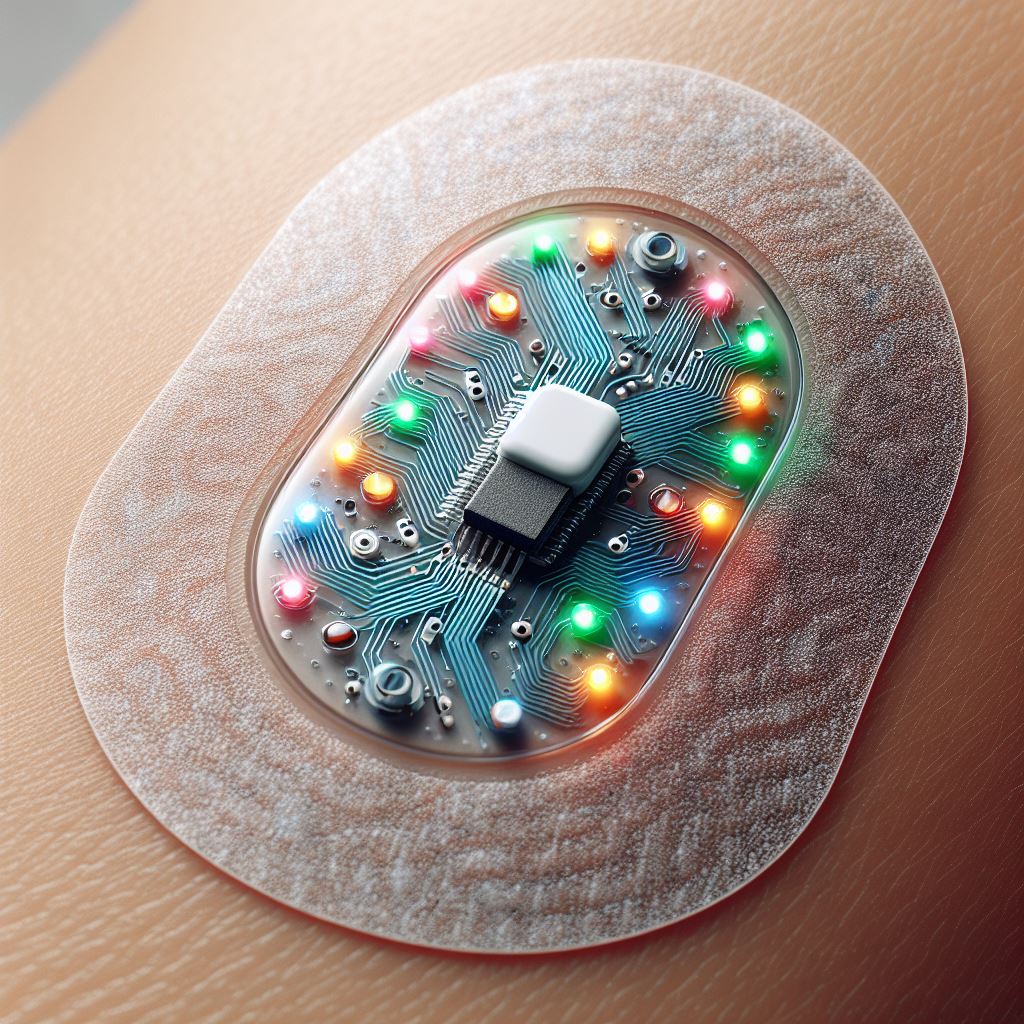The electronic skin patch market is gaining momentum as advancements in wearable technology revolutionize the healthcare sector. Among the various applications, monitoring and diagnostic functions are set to dominate the market share. This article explores why monitoring and diagnostic capabilities of electronic skin patches are leading the market and what the future holds for this burgeoning sector.
Key Drivers
1. Increased Demand for Continuous Monitoring: With the rise in chronic diseases such as diabetes, cardiovascular conditions, and respiratory disorders, there is a growing need for continuous health monitoring. Electronic skin patches offer a non-invasive, convenient solution for real-time tracking of vital signs, making them indispensable in managing chronic illnesses.
2. Technological Innovations: Advancements in sensor technology and miniaturization have significantly enhanced the accuracy, reliability, and comfort of electronic skin patches. These innovations are making it easier for patients to monitor their health parameters continuously and for healthcare providers to receive precise diagnostic data.
3. Post-Pandemic Healthcare Shifts: The COVID-19 pandemic has accelerated the adoption of remote patient monitoring and telehealth services. Electronic skin patches play a crucial role in this transition, providing continuous monitoring capabilities that reduce the need for frequent hospital visits and mitigate the risk of infection.
4. Aging Population: The global increase in the elderly population is driving demand for easy-to-use, effective health monitoring solutions. Electronic skin patches provide an efficient way for seniors to manage their health, ensuring timely diagnosis and intervention without the need for constant medical supervision.

Download PDF Brochure @ https://www.marketsandmarkets.com/pdfdownloadNew.asp?id=167239613
Market Dynamics
1. Segment Focus: Within the electronic skin patch market, the monitoring and diagnostic segment is witnessing robust growth. This segment includes patches designed to measure parameters such as heart rate, glucose levels, blood pressure, and respiratory rates, as well as those capable of detecting biomarkers for various diseases.
2. Regional Insights: North America and Europe lead the market, driven by advanced healthcare infrastructure and significant investments in research and development. However, the Asia-Pacific region is emerging as a key player, with increasing healthcare awareness and rising disposable incomes contributing to market growth.
3. Competitive Landscape: Major companies in the electronic skin patch market, such as iRhythm Technologies, MC10 Inc., VivaLNK Inc., and Sensium Healthcare, are focusing on enhancing their monitoring and diagnostic capabilities. Strategic collaborations, product innovations, and expansions in distribution networks are some of the strategies employed to strengthen their market position.
Challenges
1. Cost Implications: The development and production costs of advanced electronic skin patches can be high, making them expensive for end-users. This cost factor can hinder widespread adoption, especially in low- and middle-income regions.
2. Regulatory Compliance: Ensuring compliance with stringent regulatory standards is essential for market players. The complexity of the regulatory landscape can pose challenges, potentially delaying product launches and market entry.
3. Data Privacy Concerns: Continuous monitoring and data collection by electronic skin patches raise significant data privacy and security concerns. Ensuring robust data protection measures is crucial to gaining user trust and adhering to regulatory requirements.
Ask for Sample Report @ https://www.marketsandmarkets.com/requestsampleNew.asp?id=167239613
Future Prospects
1. AI Integration: The integration of artificial intelligence (AI) and machine learning algorithms with electronic skin patches is set to revolutionize the monitoring and diagnostic capabilities of these devices. AI can enhance data analysis, predictive modeling, and personalized healthcare, providing more accurate and actionable insights.
2. Expansion into Emerging Markets: Emerging economies offer significant growth potential for the electronic skin patch market. Increasing healthcare expenditure, growing awareness about wearable health technologies, and supportive government initiatives are expected to drive market expansion in these regions.
3. Development of Multi-Parameter Patches: The future of electronic skin patches lies in their multifunctionality. Researchers are developing patches that can monitor multiple health parameters simultaneously, providing a comprehensive health monitoring and diagnostic solution.
4. Emphasis on Preventive Healthcare: As the healthcare paradigm shifts towards preventive care, the demand for monitoring and diagnostic electronic skin patches is expected to rise. These patches enable early detection of health issues, facilitating timely intervention and reducing healthcare costs in the long run.
